Emotional Trauma, Fascia and BreathingBody Memories and Fascia (Connective Tissue)
It brings together Gary Sharpe’s section on Fascia and Connective Tissue with Lilian Sjøberg’s concept of Body Memories
It brings together Gary Sharpe’s section on Fascia and Connective Tissue with Lilian Sjøberg’s concept of Body Memories
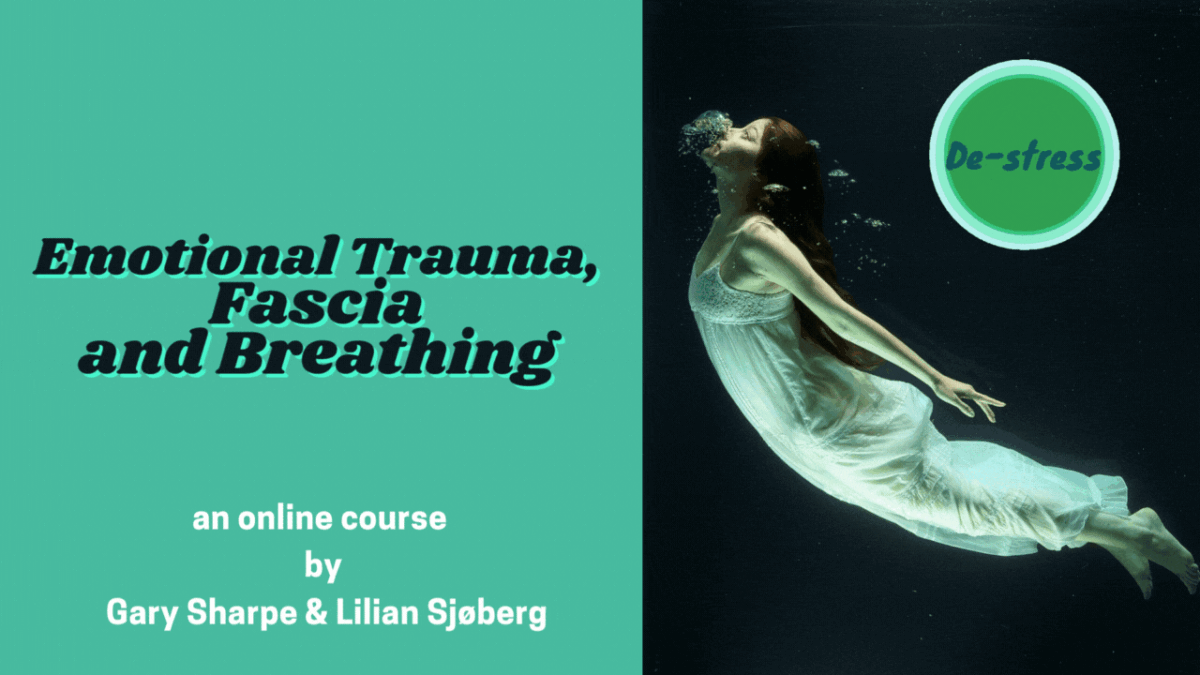
The course provides the evidence that PD and many other diseases are significantly affected by stress and trauma, and instead of focusing on “curing” the disease, helps people to reduce any stress in their life, and explains how taking this biological perspective, one can do a lot to minimize symptoms.
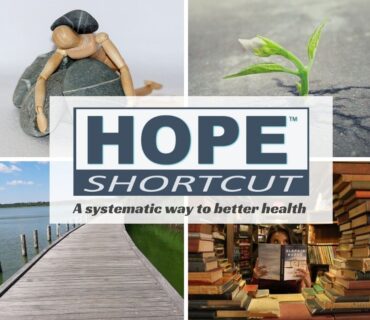

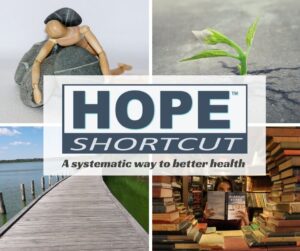
Messages from Gary to Lilian
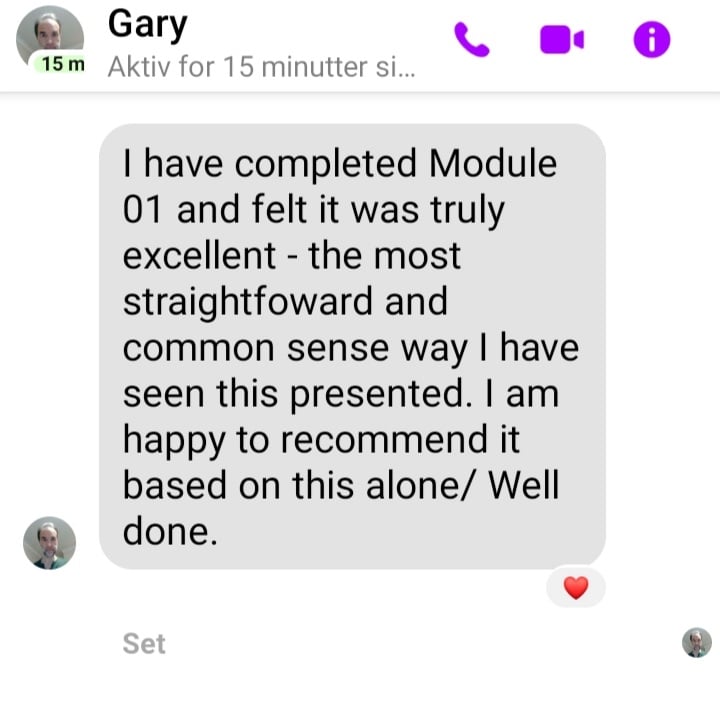
Lilian has a handful of diagnoses herself and can see that diagnoses are not random.
Her husband had a type of cancer, that hit mainly well-educated men… He is a professor in physics and survived Hodgins lymphoma
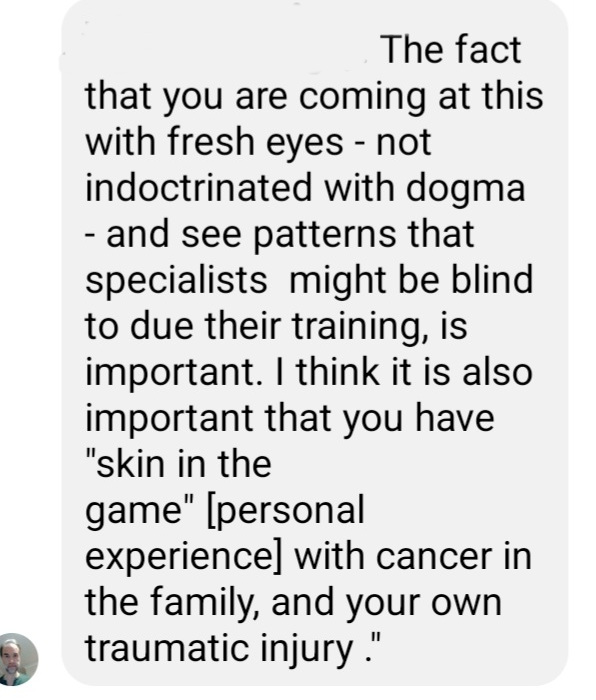
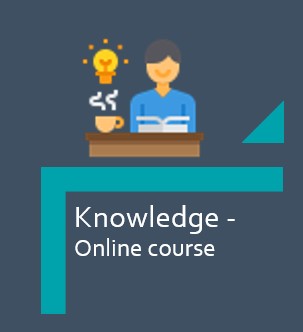
In the process of learning the HOPE shortcut you learn how to keep a diary that helps you to connect symptoms and stress in your life.
Initially the reason is to give you a new belief about the disease
Later it becomes an important tool to reduce your symptoms one by one
